As the saying goes, “a chef is only as good as their tools.” And when it comes to crafting culinary masterpieces, having the right tools is essential. In the world of professional chefs and serious home cooks, Japanese knives have become synonymous with precision, quality, and craftsmanship. These knives are not just tools, but works of art that have been perfected over centuries of tradition and innovation.
In this blog post, we will take a deep dive into the world of Japanese knives, exploring the top brands, their history and traditions, the qualities and craftsmanship that make them stand out, and how they are used in the culinary world. We will also look into the future of Japanese knives and how they continue to evolve while remaining true to their roots. So buckle up and get ready to discover the art of precision with the top Japanese knife brands for crafting culinary masterpieces.
[affegg id=11]
The Art of Culinary Precision: A Journey into the World of Japanese Knives
Before we delve into the specifics of Japanese knives, let’s first understand what sets them apart from other types of knives. Japanese knives are known for their unparalleled sharpness, durability, and precision. This is due to the unique manufacturing techniques and materials used in their production.
Japanese knives are typically made from high-carbon steel, which is known for its ability to hold a sharp edge for longer periods. This type of steel is also more resistant to rust and corrosion, making it ideal for use in the kitchen. Additionally, Japanese knives are crafted using a process called “honyaki,” where the blade is forged from a single piece of steel, resulting in a stronger and more balanced knife.
[affegg id=12]
Unveiling the Masters: A Comprehensive Guide to Japanese Knife Manufacturers
When it comes to Japanese knives, there are numerous brands to choose from, each with its own unique history and style. Here are some of the top Japanese knife manufacturers that have been producing exceptional knives for generations.
1. Shun Cutlery
Founded in 1908, Shun Cutlery is a leading brand in the world of Japanese knives. Their knives are known for their precision and balance, making them a favorite among professional chefs and home cooks alike. Shun knives are handcrafted in Seki City, Japan, using traditional techniques passed down through generations.
2. Global Knives
Global Knives was established in 1985 by Komin Yamada, a renowned Japanese knife designer. Their knives are known for their sleek and modern design, as well as their exceptional sharpness and balance. Global Knives are made from high-quality stainless steel and are hand-finished to ensure the highest level of precision.
3. Miyabi Knives
Miyabi Knives is a brand under the Zwilling J.A. Henckels company, which has been producing high-quality knives since 1731. Miyabi knives are crafted in Seki City, Japan, and are known for their exceptional sharpness and durability. They also feature a beautiful Damascus pattern on the blade, making them not only functional but also aesthetically pleasing.
[affegg id=6]
The Cutting Edge: Exploring the Qualities and Craftsmanship of Japanese Knives
Now that we have an understanding of the top Japanese knife brands, let’s take a closer look at the qualities and craftsmanship that make these knives stand out.
Forging Culinary Excellence: The History and Traditions of Japanese Knife Making
The art of Japanese knife making can be traced back to the Kamakura period (1185-1333), where swords were the primary weapons used by samurai warriors. As the demand for swords decreased, swordsmiths turned their attention to crafting knives for everyday use. This led to the development of various techniques and styles that are still used in Japanese knife making today.
One of the most significant traditions in Japanese knife making is the concept of “monozukuri,” which translates to “the art of making things.” This philosophy emphasizes the importance of craftsmanship, attention to detail, and continuous improvement in the production of knives. It is this dedication to perfection that sets Japanese knives apart from others.
[affegg id=4]
A Slice of Tradition: The Cultural Significance of Japanese Knives
In Japan, knives hold a special place in the culture and are considered more than just tools for cooking. They are seen as symbols of craftsmanship, tradition, and even status. In fact, some Japanese families pass down their knives from generation to generation, with each knife holding its own unique history and story.
Japanese knives are also deeply rooted in the country’s cuisine, with different types of knives being used for specific dishes. For example, the yanagiba knife is used for slicing sashimi, while the deba knife is used for filleting fish. This cultural significance further highlights the importance of Japanese knives in the culinary world.
The Pinnacle of Sharpness: Unlocking the Secrets of Japanese Knife Steel

As mentioned earlier, Japanese knives are made from high-carbon steel, which is known for its sharpness and durability. However, not all Japanese knives are created equal, and there are different types of steel used in their production. Here are some of the most common types of steel used in Japanese knives:
- White Steel: Also known as Shirogami, this type of steel is the purest form of carbon steel used in Japanese knives. It is known for its ability to hold a sharp edge, but it is also more prone to rust and requires regular maintenance.
- Blue Steel: Also known as Aogami, this type of steel contains a higher percentage of carbon compared to white steel. It is known for its exceptional sharpness and edge retention, making it a popular choice among professional chefs.
- Stainless Steel: As the name suggests, this type of steel is more resistant to rust and corrosion compared to carbon steel. However, it is not as sharp and does not hold an edge for as long.
- [affegg id=3]
Razor-Sharp Precision: A Guide to Japanese Knife Types and Their Uses

Japanese knives come in various shapes and sizes, each designed for a specific purpose. Here are some of the most common types of Japanese knives and their uses:
- Gyuto: This is the Japanese version of a chef’s knife and is used for general cutting, slicing, and chopping.
- Santoku: This knife is similar to a gyuto but has a shorter and wider blade. It is ideal for cutting vegetables, meat, and fish.
- Nakiri: This knife is specifically designed for cutting vegetables and features a straight edge and squared-off tip.
- Yanagiba: This knife is used for slicing sashimi and other delicate cuts of fish.
- Deba: This knife is used for filleting fish and features a thick, sturdy blade.
Honing the Edge: Expert Tips for Maintaining the Perfection of Japanese Knives
To ensure that your Japanese knives remain in top condition, proper maintenance is crucial. Here are some expert tips for maintaining the perfection of your Japanese knives:
- Hand wash only: Avoid putting your Japanese knives in the dishwasher as the high heat and harsh detergents can damage the blade.
- Dry immediately: After washing, make sure to dry your knives thoroughly with a clean towel to prevent rust.
- Store properly: Store your knives in a knife block or on a magnetic strip to protect the blade and prevent accidents.
- Sharpen regularly: To maintain the sharpness of your knives, it is essential to sharpen them regularly using a whetstone or honing rod.
- Use a cutting board: Avoid cutting on hard surfaces like granite or glass, as this can dull the blade. Instead, use a wooden or plastic cutting board.
- [affegg id=12]
The Future of Japanese Knives: Innovation and the Next Generation of Craftsmanship
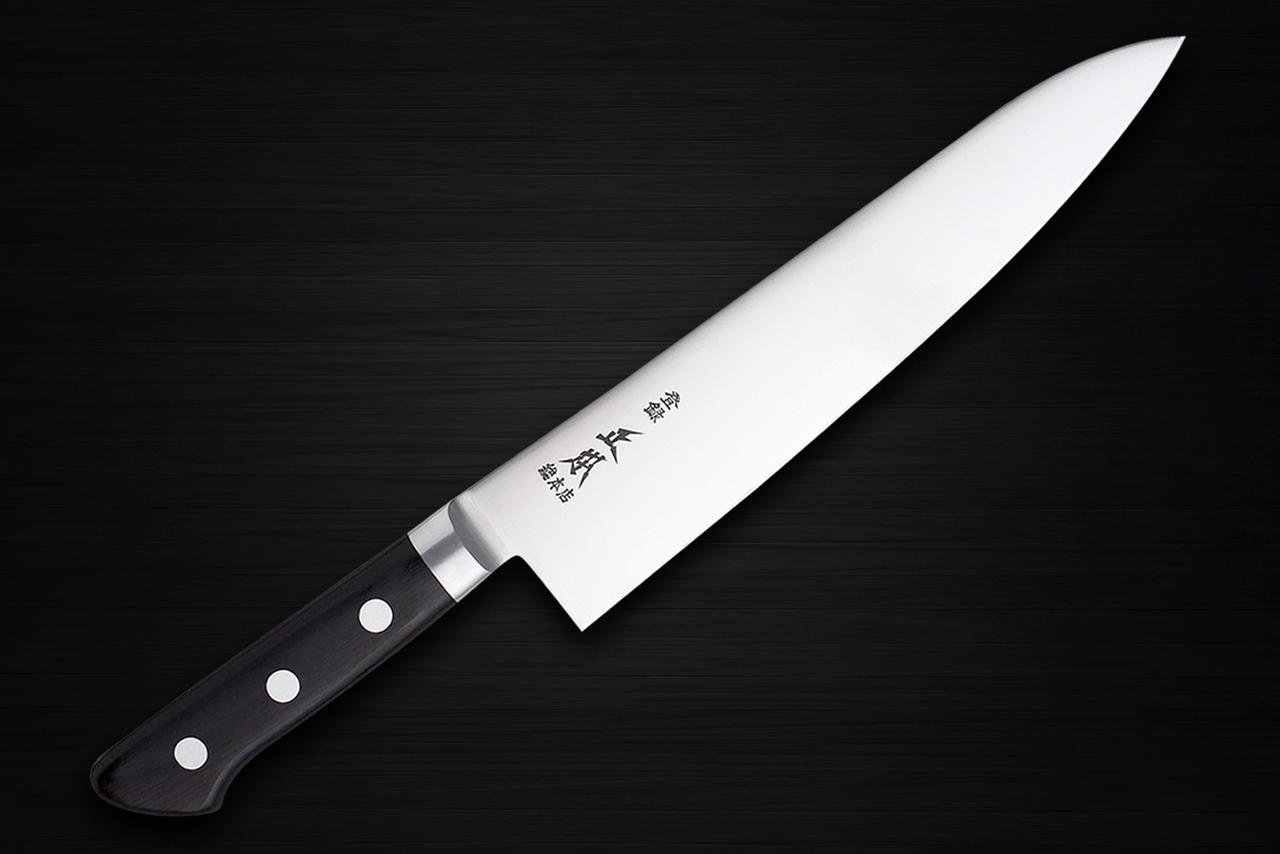
As with any industry, Japanese knife making continues to evolve and adapt to modern times while staying true to its traditions. In recent years, there has been a rise in the use of new materials, such as powdered steel, in the production of Japanese knives. This has resulted in even sharper and more durable knives that are also easier to maintain.
Additionally, there has been an increase in the popularity of custom-made Japanese knives, where customers can work directly with master craftsmen to create their own unique knives. This allows for a more personalized experience and further highlights the artistry and craftsmanship behind Japanese knives.
[affegg id=6]
A Culinary Masterpiece: The Japanese Knife as the Ultimate Tool for Culinary Excellence
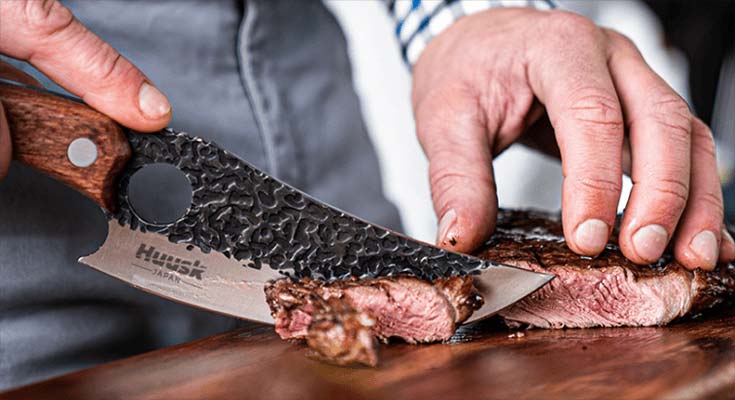
In conclusion, Japanese knives are not just tools for cooking; they are works of art that have been perfected over centuries. From their exceptional sharpness and precision to their rich history and cultural significance, Japanese knives are truly the epitome of culinary excellence. Whether you are a professional chef or a home cook, investing in a high-quality Japanese knife will elevate your cooking experience and help you craft culinary masterpieces.
So why wait? Start your journey into the world of Japanese knives today and discover the art of precision for yourself.






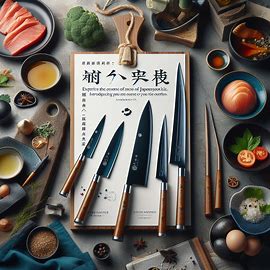
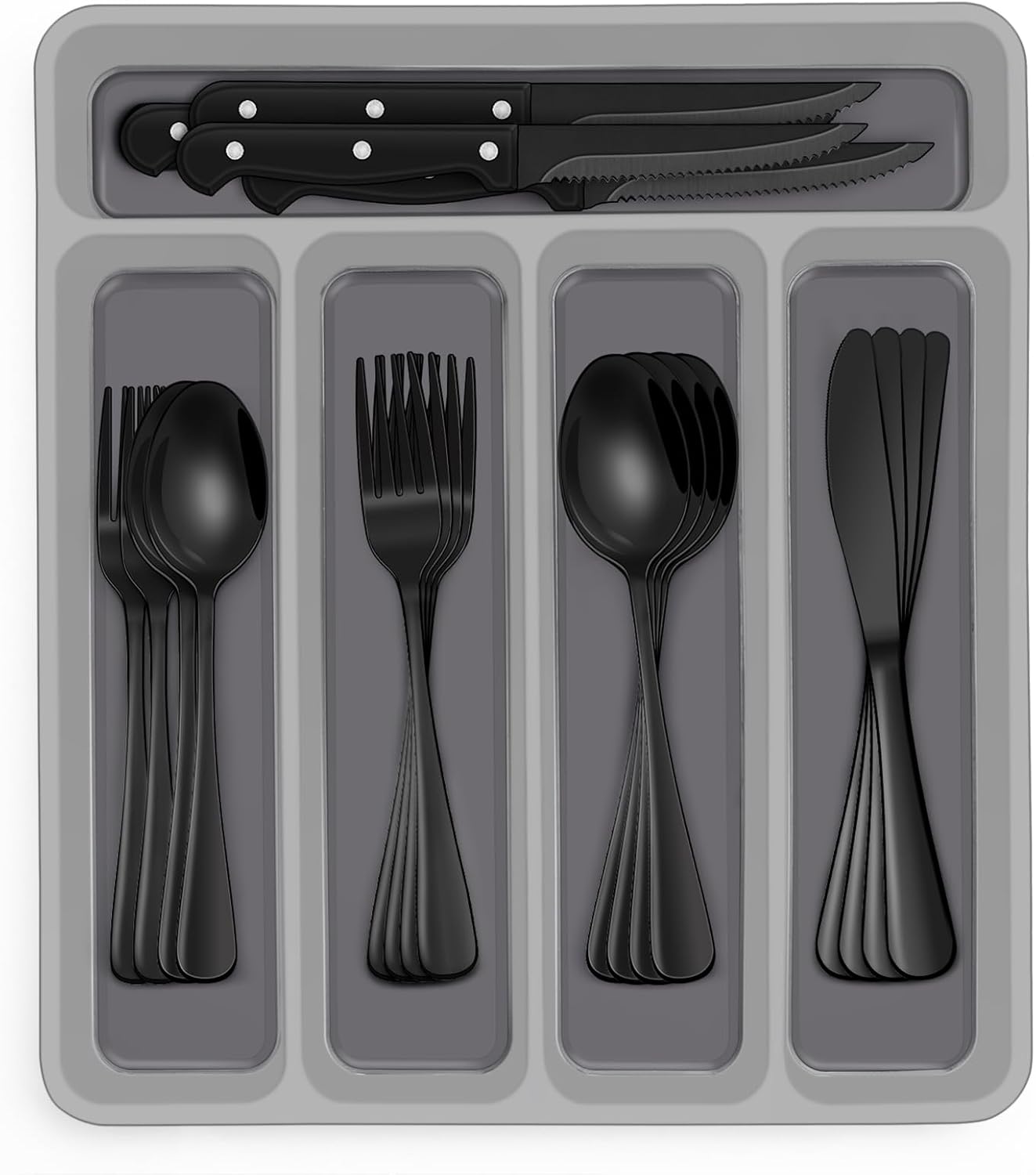
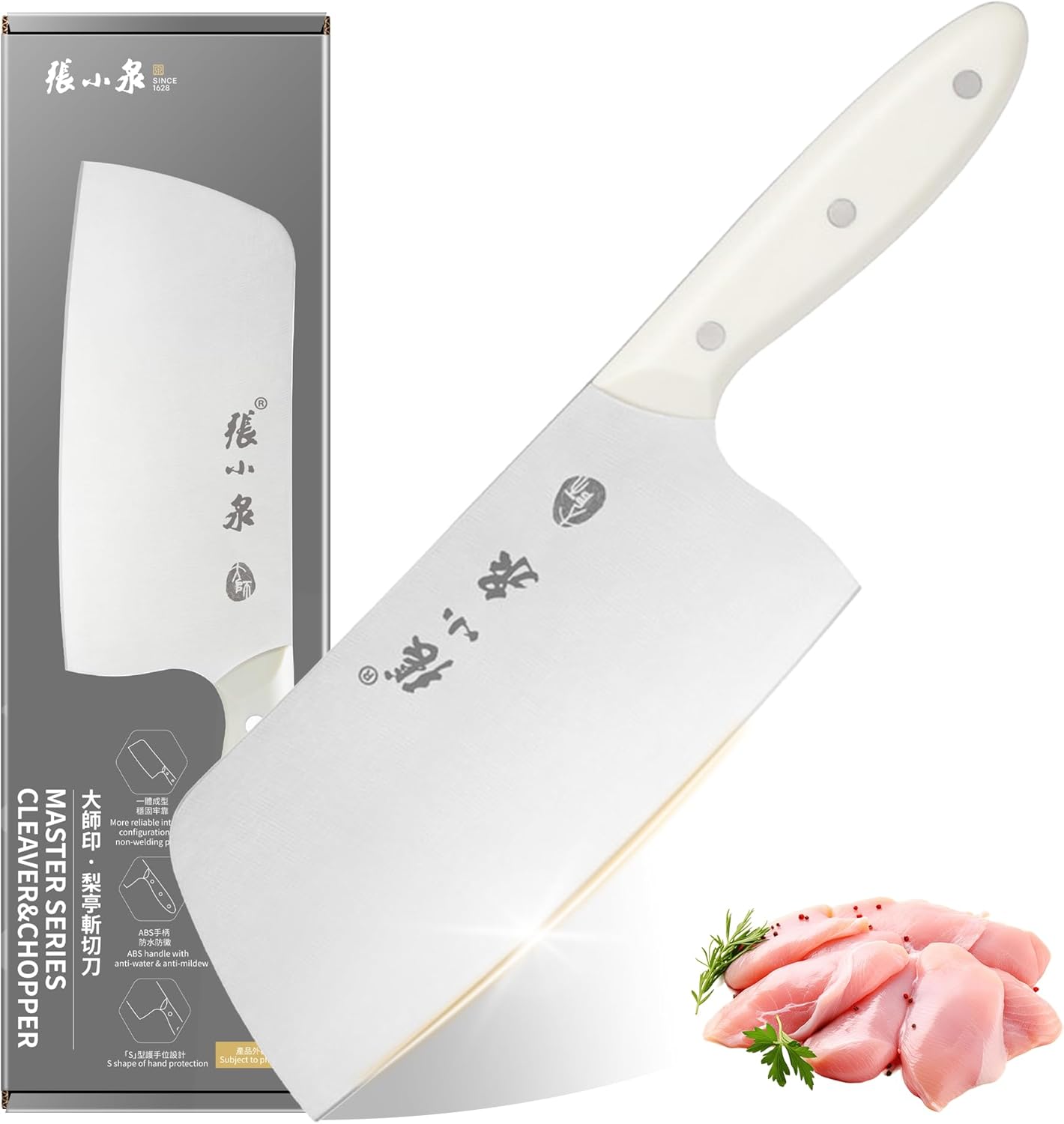
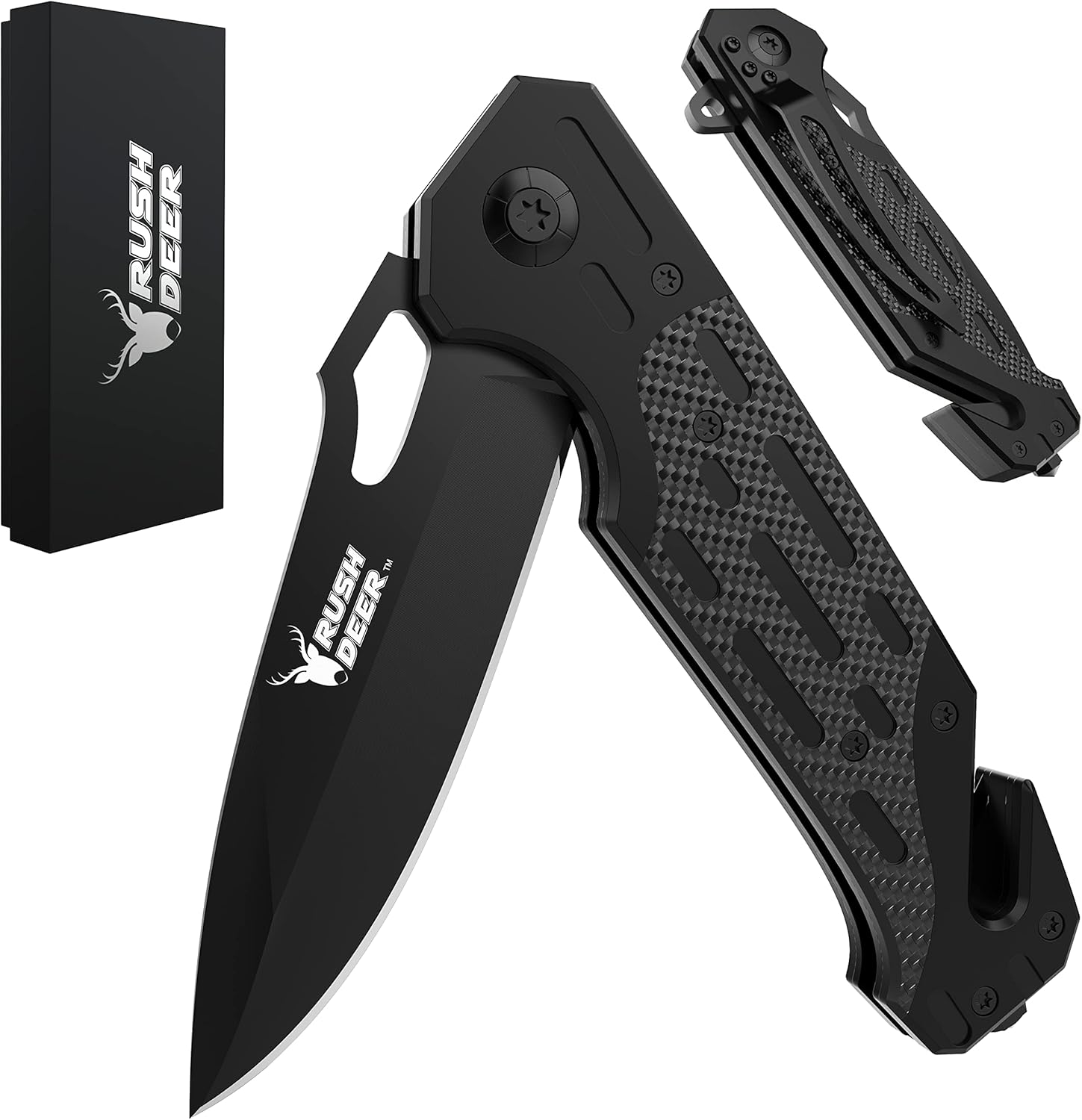
Leave a Reply